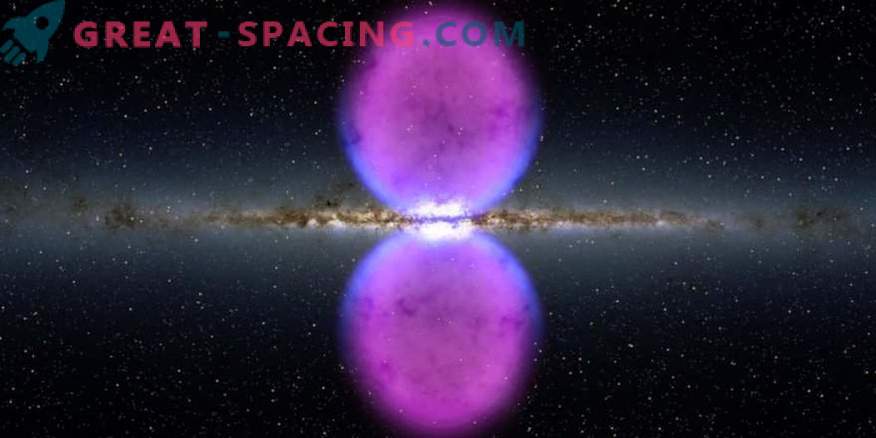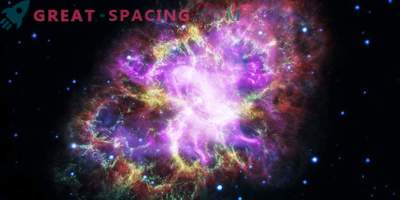decides the main space secret

Dozens of students from the University of Colorado created a small satellite CSSWE, which was used to study the energy particles in the Van Allen radiation belts.
For more than 60 years, scientists could not find the exact source of some energy and potentially dangerous particles in the earth's radiation belts. But the answer found a satellite the size of a shoebox, created by students at the University of Colorado at Boulder.
New data show that the energy electrons in the inner radiation belt of our planet are created by cosmic rays from supernova explosions. Van Allen belts are layers of energy particles held in their location by the earth’s magnetic field.
It turned out that during the process of the “decay of the albedo of cosmic ray neutrons” (CRAND), spatial radiation entering the earth’s atmosphere collides with neutral atoms. Because of this, a surge is created, forming charged particles trapped by magnetic fields. These data help to learn how to create more accurate predictions of the arrival of energy electrons in near-Earth space (they can damage satellites and adversely affect human health). Van Allen's belts were discovered in 1958 and it was decided that CRAND acts as a source of high-energy protons caught by a magnetic field. But all this time it was not possible to fix the presence of the corresponding electrons.
The CubeSat Weather Study (CSSWE) project has a small telescope that measures the flux of solar energy protons and electrons in the earth’s radiation belt. It was created in 2012 with the participation of 65 students.
The tool used is a smaller version of the REPT. One can only be surprised that it was the student project that was able to solve a complex puzzle. The results are important because they help to better understand the environment of the planet.











































